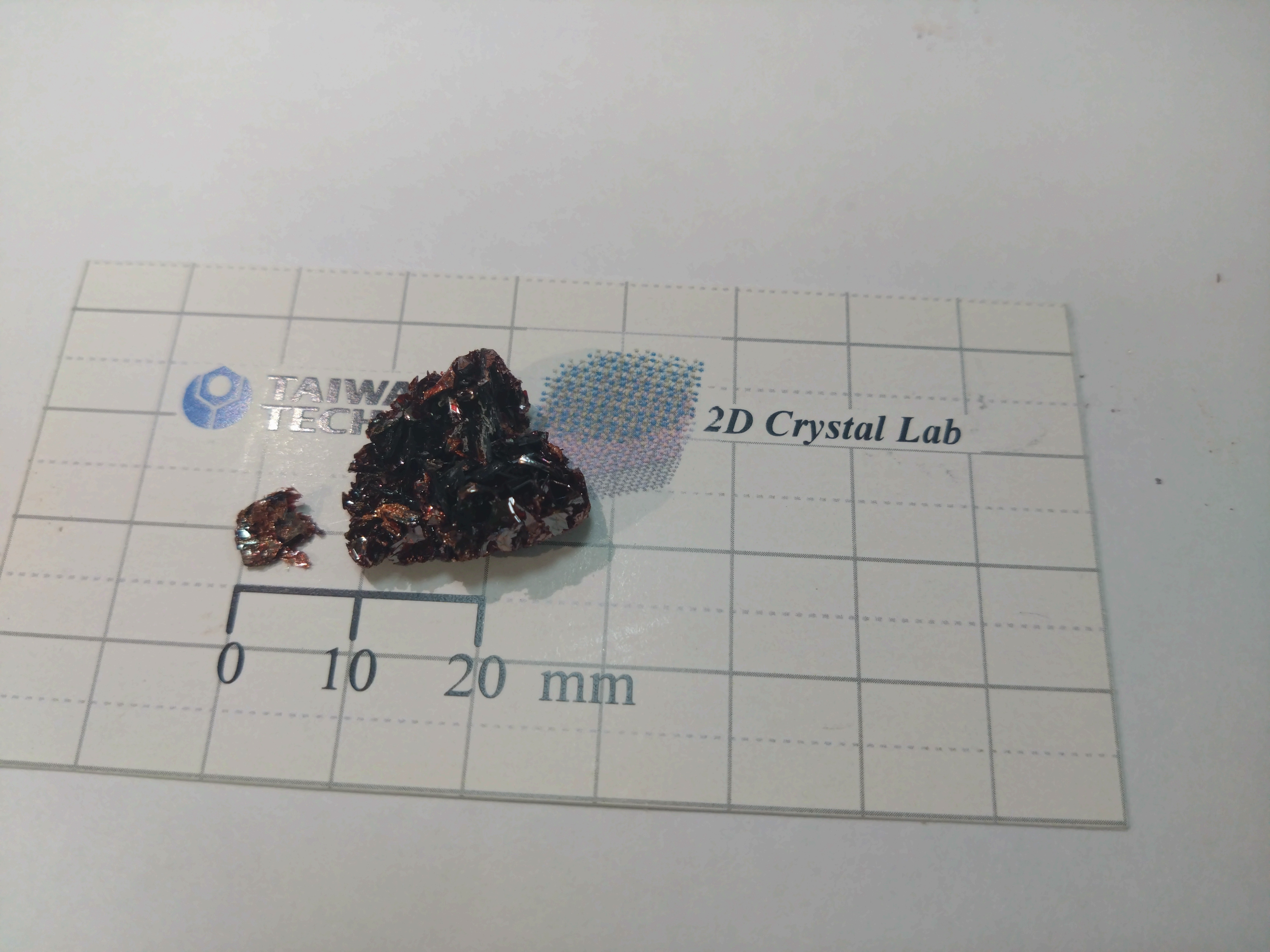Professor Ching-Hwa Ho’s team advances quantum and optoelectronic applications with zirconium trisulfide research.[ 2 Apr. 2025]
Professor Ching-Hwa Ho’s team at the Graduate Institute of Applied Science and Technology, Taiwan Tech, has recently successfully developed a novel one-dimensional optoelectronic semiconductor material, zirconium trisulfide (ZrS3). They also revealed for the first time its unique optical properties, including multiple exciton states. The team utilized ZrS3 to create heterostructures for polarized light solar cells and photodetectors, demonstrating significant polarization-dependent optical responses, and opening new opportunities for practical applications of optoelectronic semiconductor quantum materials. This groundbreaking research was published in the prestigious journal Advanced Science, a rare achievement accomplished independently by Professor Ho’s team, highlighting their exceptional experimental techniques and innovative capabilities.

Taiwan Tech Professor Ching-Hwa Ho, recognized for pioneering measurement techniques in 2D optoelectronic semiconductor multiple exciton state research, was elected as a 2024 OSA Fellow.
Professor Ching-Hwa Ho stated that through the team’s self-developed polarization thermomodulated reflectance spectroscopy and polarized photoluminescence measurement techniques, they discovered exciton states with five distinct energy levels and mutually perpendicular polarizations. This finding provides multiple optical quantum states with different energy and polarization directions, further advancing the development of optoelectronic devices and quantum technology.

Professor Ching-Hwa Ho from Taiwan Tech used polarizers and computer LCD screens as examples to explain linear polarization. In the image, the polarizer is transparent when operated at (E||b), similar to the exciton emission polarization direction being parallel to the b-axis of ZrS3.

Professor Ching-Hwa Ho from Taiwan Tech used polarizers and computer LCD screens as examples to explain linear polarization and quantum digital states. In the image, the bright area on the right emits polarization light along the b-axis (E||b), which can be viewed as the "1" state. When the polarizer is rotated 90 degrees, the area on the left appears black (E⊥b), representing the “0” state of polarized light.
Professor Ching-Hwa Ho explained that the development of 2D optoelectronic semiconductors builds upon two major technological breakthroughs recognized by the Nobel Prize in Physics: 2D semiconductor technology based on graphene and white light-emitting device manufacturing technology using GaN exciton states. The development of 2D optoelectronic semiconductors combines the advantages of ultra-thin, smooth, and gate-controllable structures with the ease of exciton state generation. By introducing additional crystal axis orientation on the plane of 2D materials, it's possible to simultaneously achieve quantum states with polarization optical properties and asymmetric electrical characteristics, enabling digital signal generation. Novel 2D semiconductors like zirconium trisulfide (ZrS3) possess multifunctionality, including applications in electronic components, optoelectronics, light-emitting devices, and quantum materials, with vast potential for future applications.

The team led by Professor Ching-Hwa Ho at the Graduate Institute of Applied Science and Technology, Taiwan Tech, has recently successfully developed a novel uniaxial 2D optoelectronic semiconductor material, zirconium trisulfide (ZrS3), and for the first time revealed its unique optical properties, including multiple exciton states.
Professor Ching-Hwa Ho has been deeply involved in the field of novel 2D semiconductor quantum materials, crystal growth, and asymmetric optical properties for over 25 years. He has developed and grown high-quality 2D semiconductor crystals and published numerous papers in top academic journals in collaboration with domestic and international partners. His outstanding contributions to 2D semiconductor optoelectronic materials and devices earned him the title of 2024 OPTICA Fellow (OSA Fellow), and for four consecutive years, he has been ranked among the top 2% of scientists in the global “Lifetime Scientific Impact” and “Annual Scientific Impact” lists published by Stanford University (World’s Top 2% Scientists), a remarkable academic achievement.
The research findings on the asymmetric light emission and optical properties of zirconium trisulfide will open new avenues for the study of asymmetric 2D polarized optoelectronic semiconductors and quantum materials, contributing to the future growth of optoelectronics, semiconductors, and quantum technology.

Professor Ching-Hwa Ho (right) from Taiwan Tech and his student, Adzilah Shahna Rosyadi, are working together in the lab to develop stacked polarized light solar cells and photodetector diodes.




